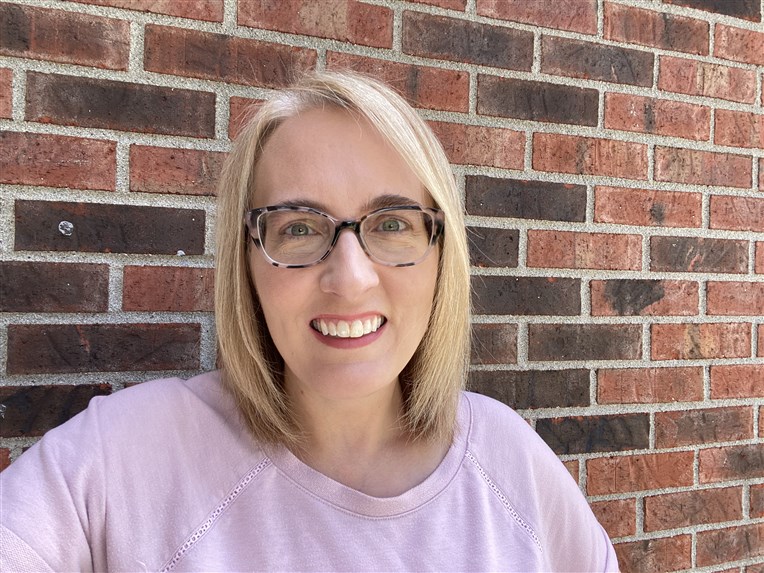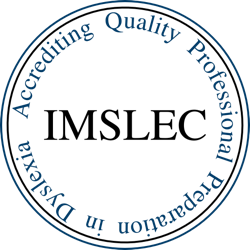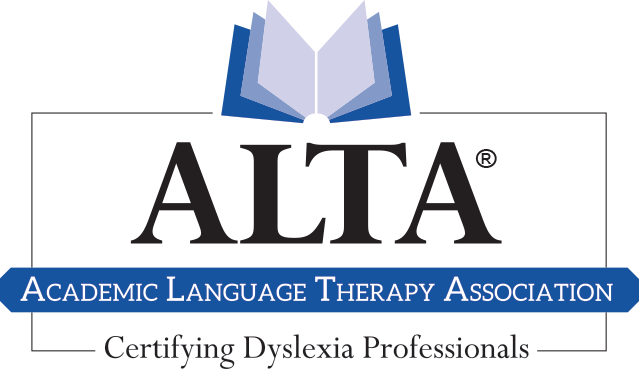What is O-G?
Orton-Gillingham (O-G) is not a program or curriculum, although there are many programs based on its methodology. O-G is an approach to teaching reading skills developed by Dr. Samuel Orton (neuropsychiatrist) and Anna Gillingham (educator and psychologist). It is often regarded as the "gold standard" for helping dyslexic students with literacy, with a focus on the sounds, phonics, and structure of language.
Orton-Gillingham is diagnostic and prescriptive - it requires constant monitoring of student responses to assess problems and plan the next lesson. Each lesson is based on the student's individual needs, so working 1-on-1 is ideal.
Orton-Gillingham is multi-sensory - it integrates auditory, visual, and kinesthetic pathways to engage more areas of the brain.
Orton-Gillingham is direct and explicit - every concept is clearly explained and modeled before practice.
Orton-Gillingham is systematic and sequential - lessons are structured and progress from simple concepts to more complex.
Orton-Gillingham Training and Certification
When someone says she has been "trained in O-G", it can mean a lot of different things. It could mean she is fully certified, or it could mean she completed a weekend workshop. It could mean she completed 40+ hours of coursework from an instructor, or it could mean she did a self-study online. You would have to simply ask for specifics if it is important to you, as "being trained" can be a bit vague.
O-G certification generally consists of content class hours (typically 60), plus a supervised practicum (typically at least 100) that takes place over a year or more. The practicum allows trainees to apply what they learn while working with students, and offers a much deeper understanding of the Orton-Gillingham approach. Certification courses should be accredited by an organization like the Orton-Gillingham Academy (OGA) or International Multisensory Language Education Council (IMSLEC).


